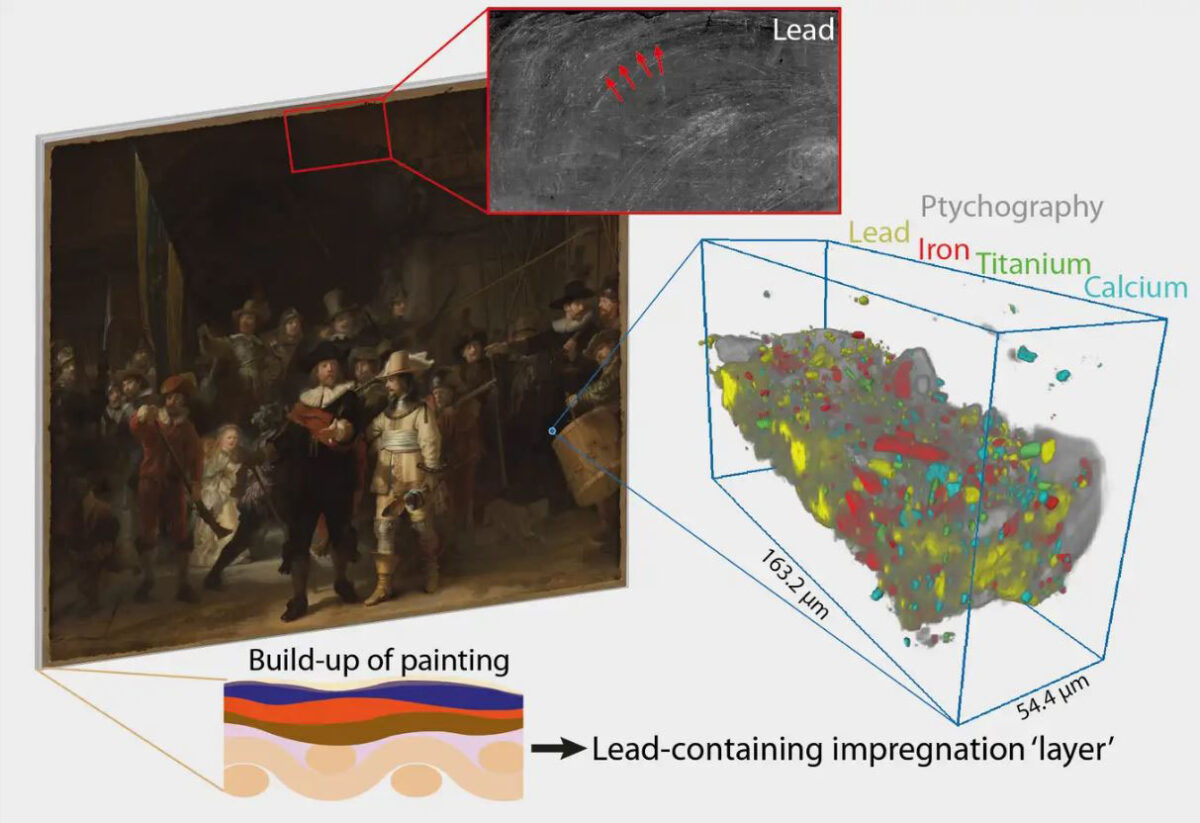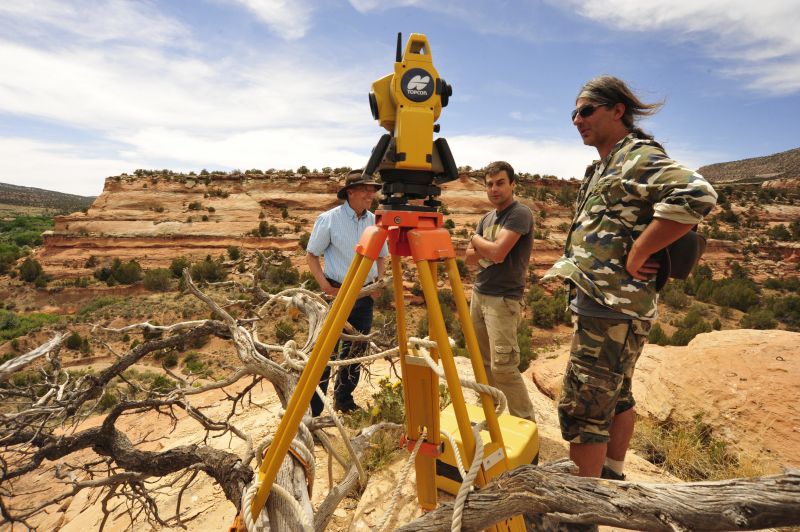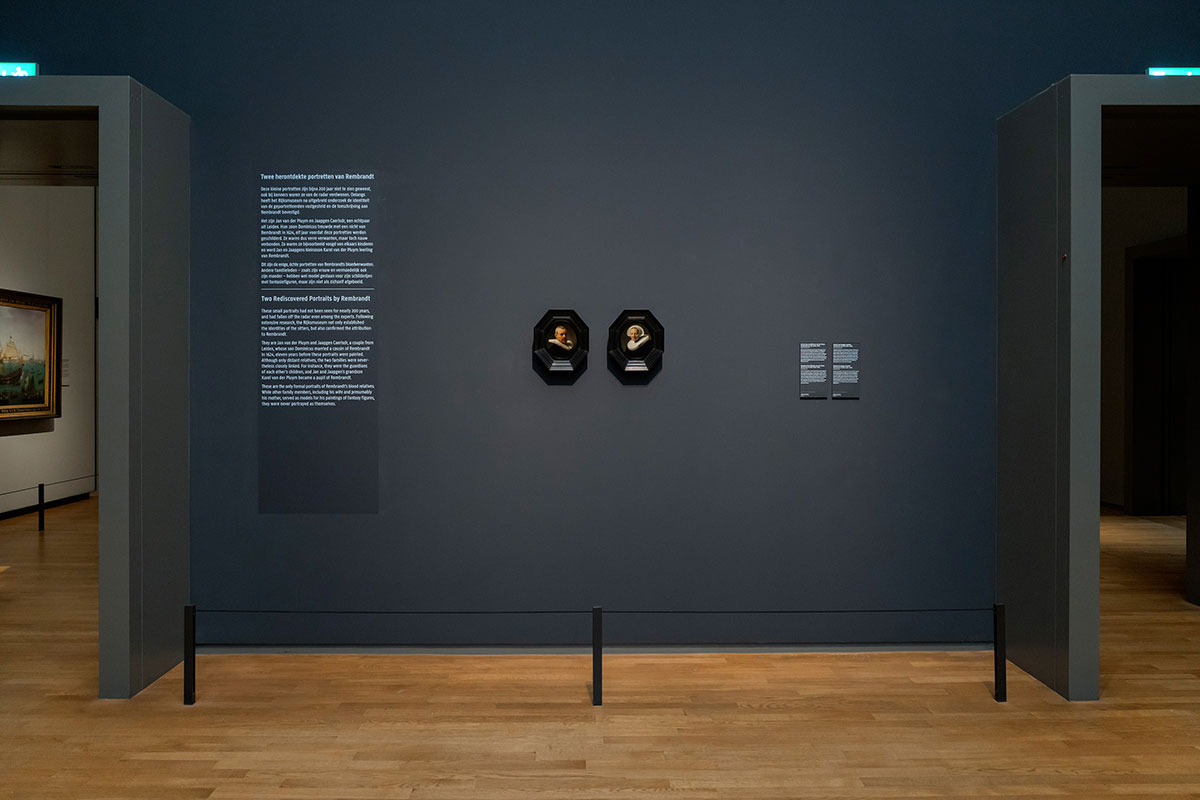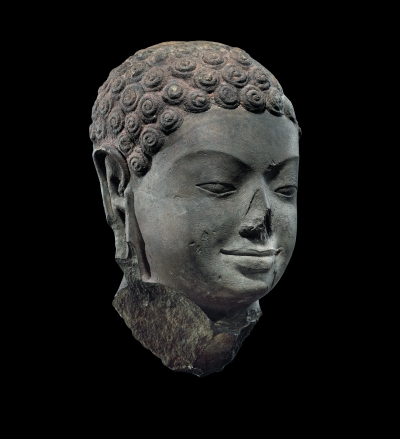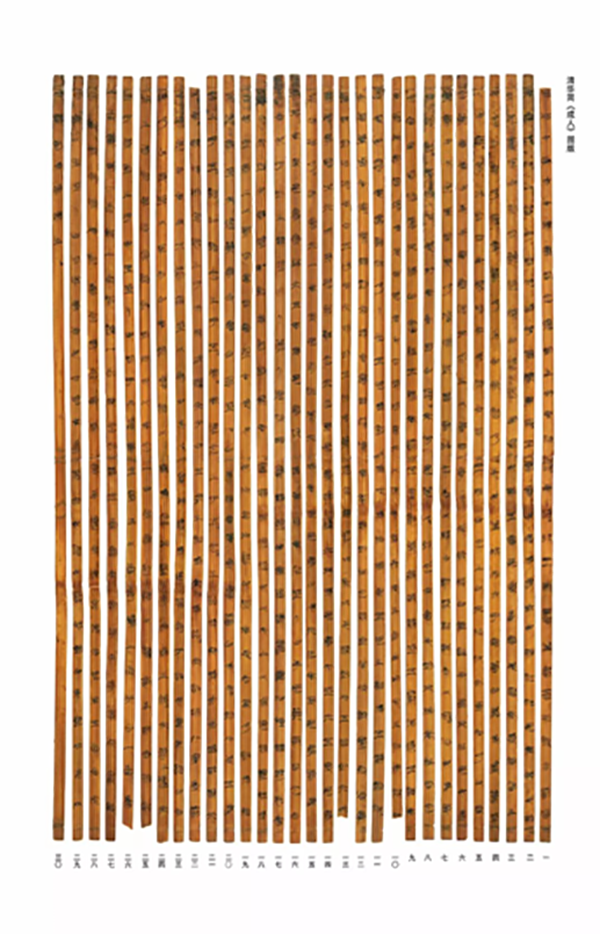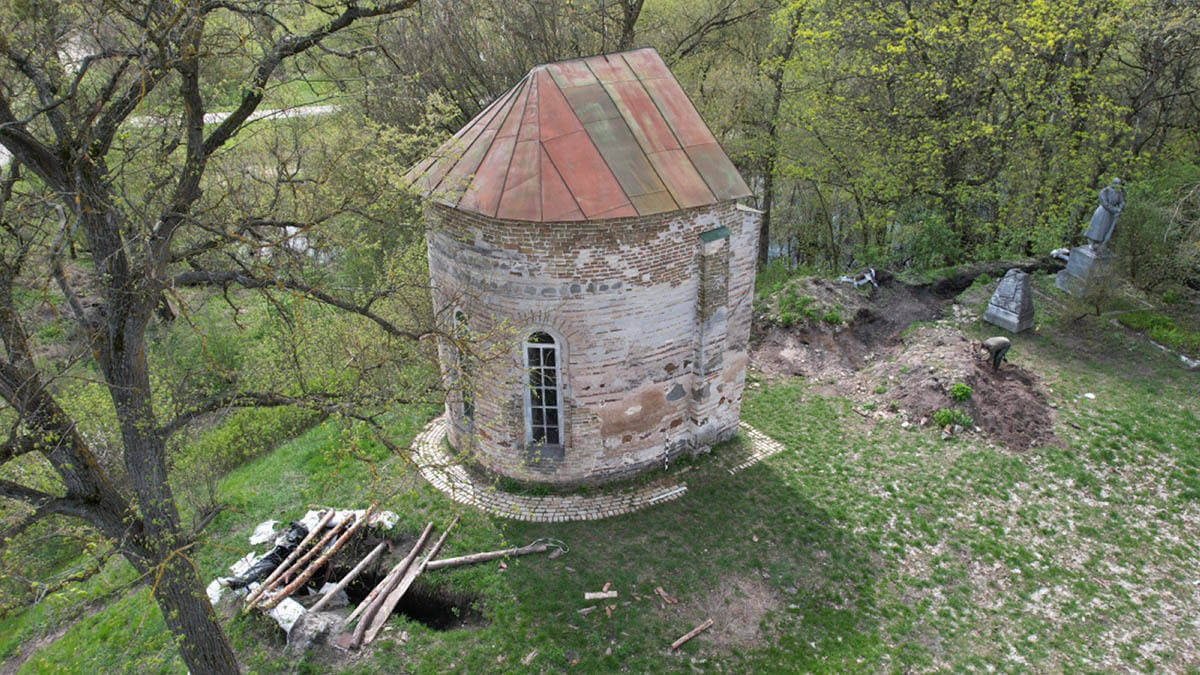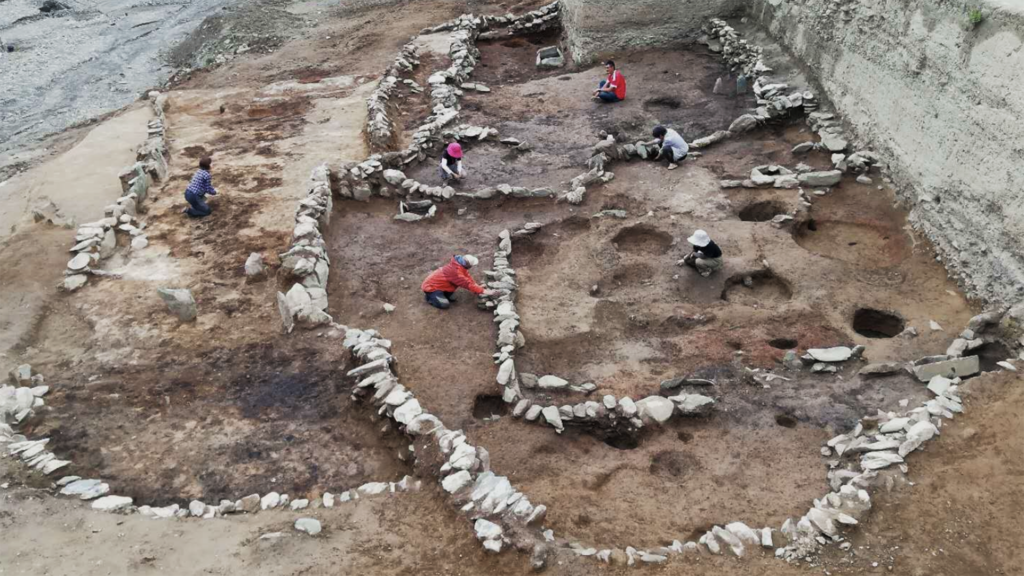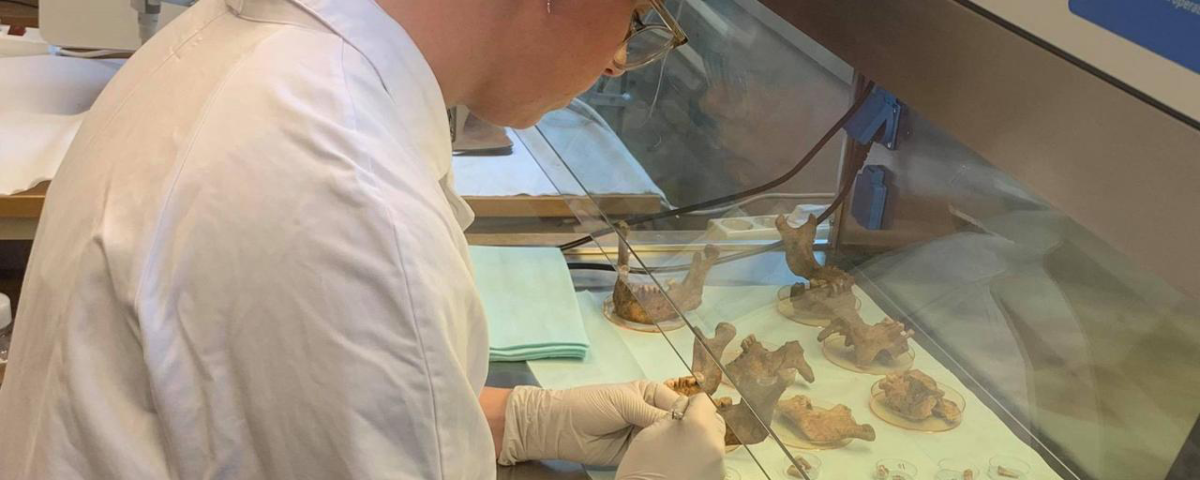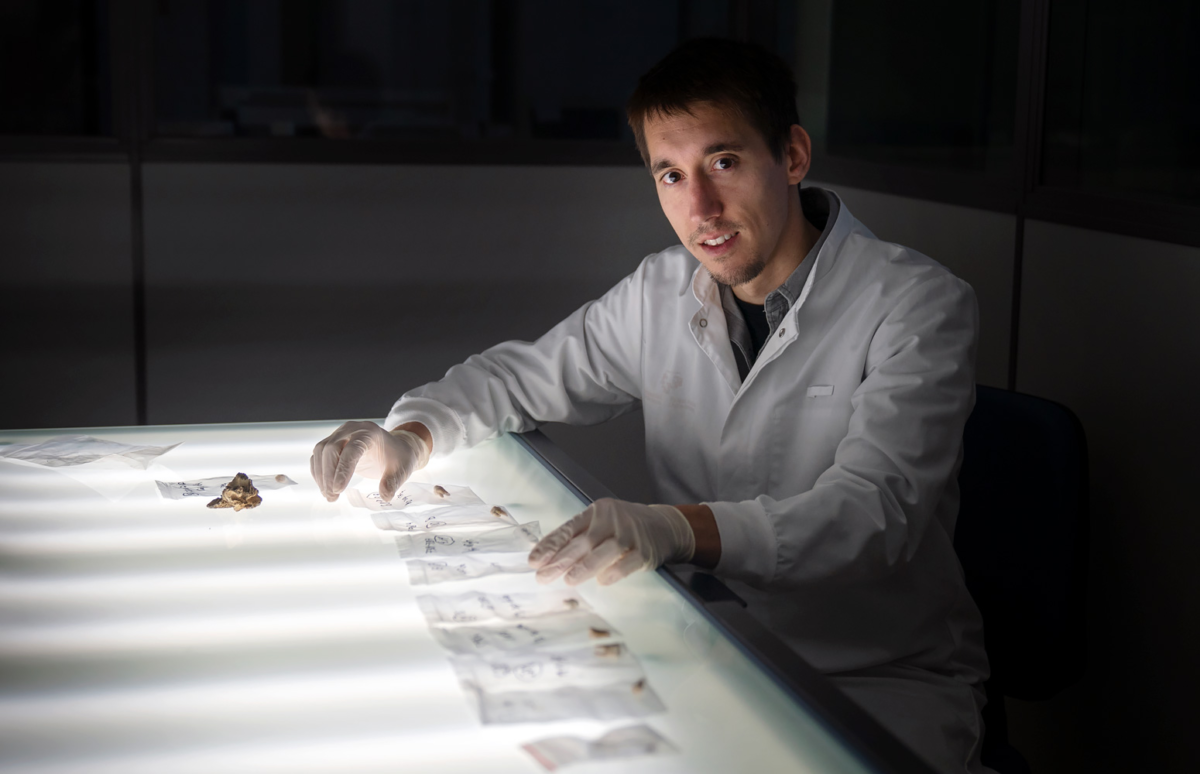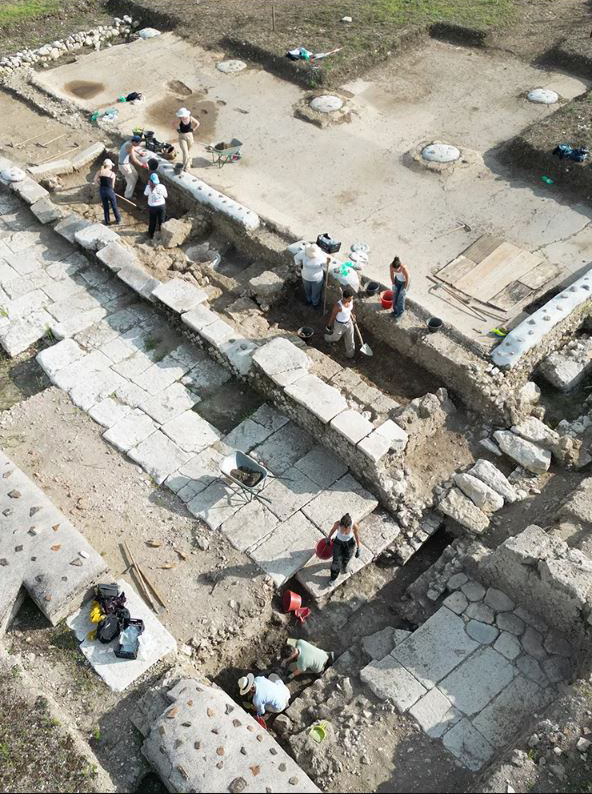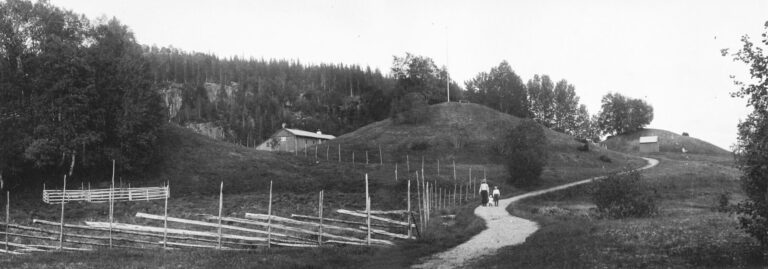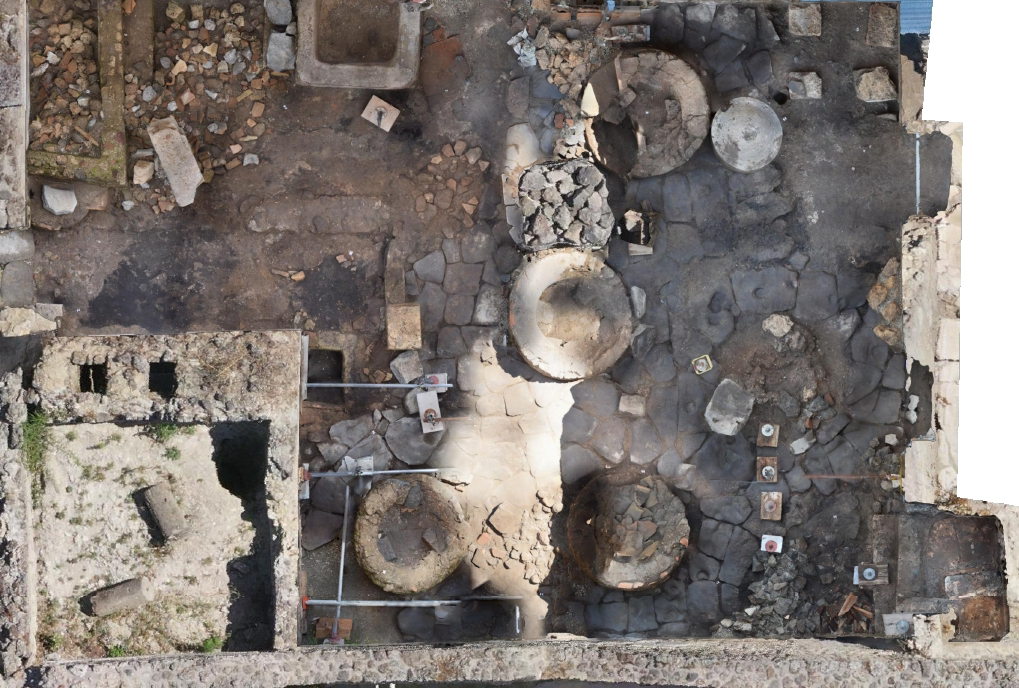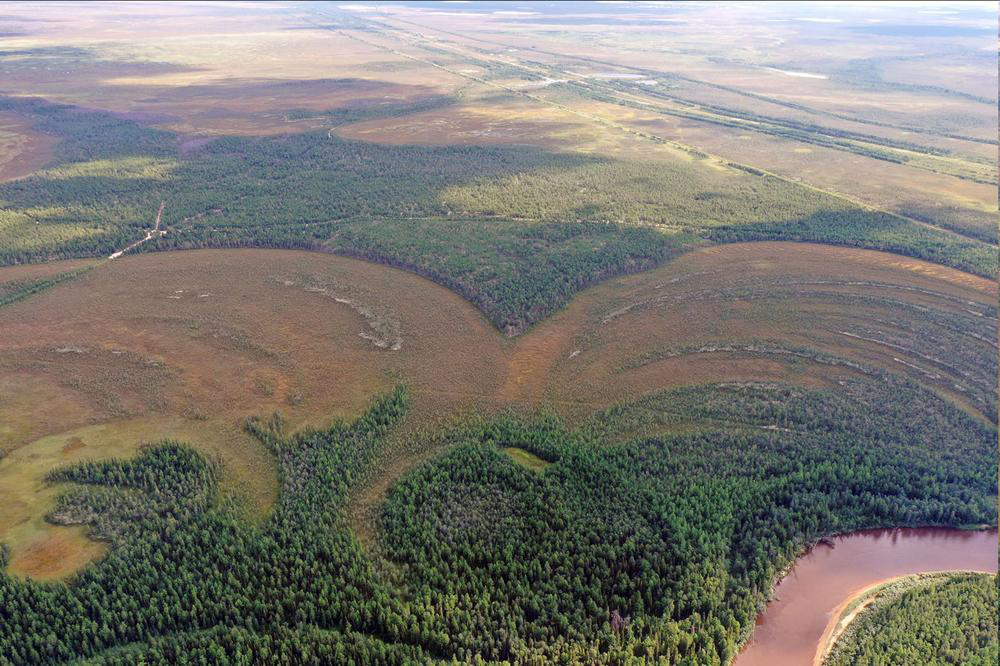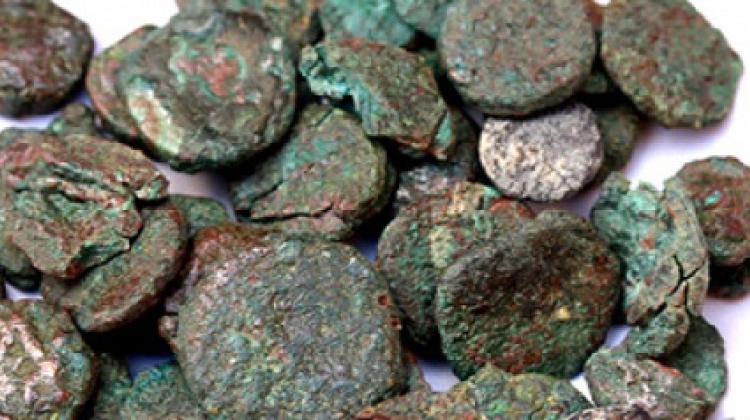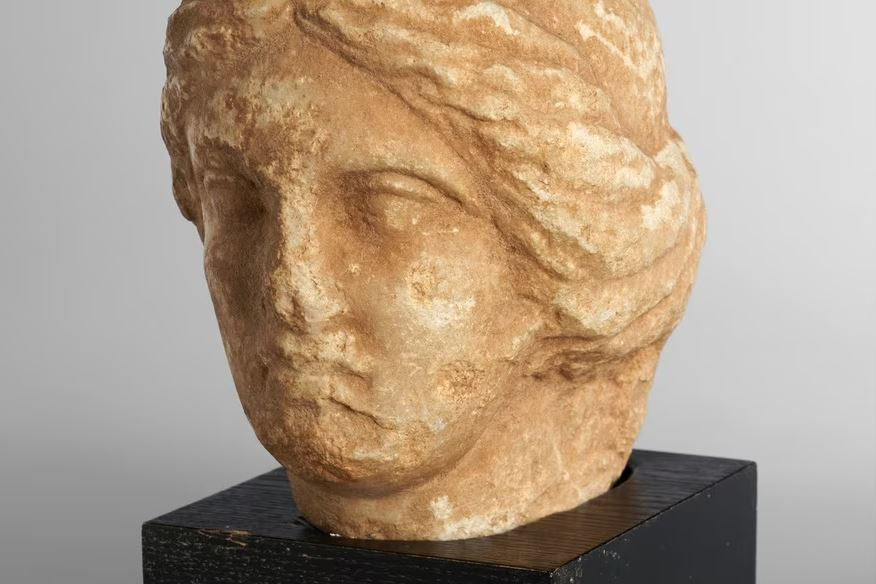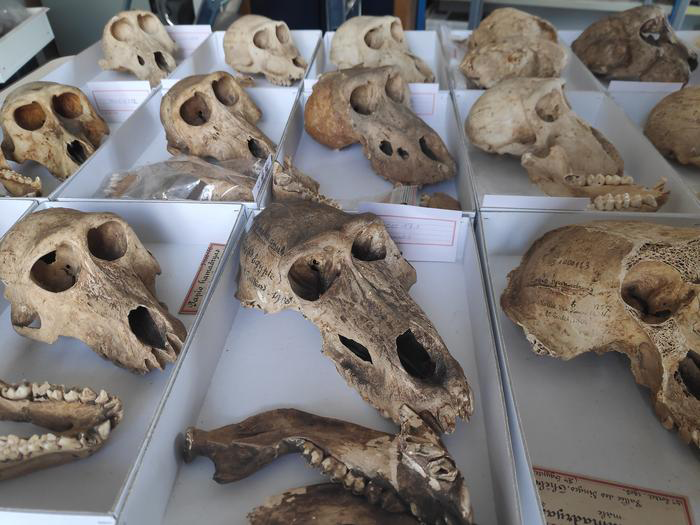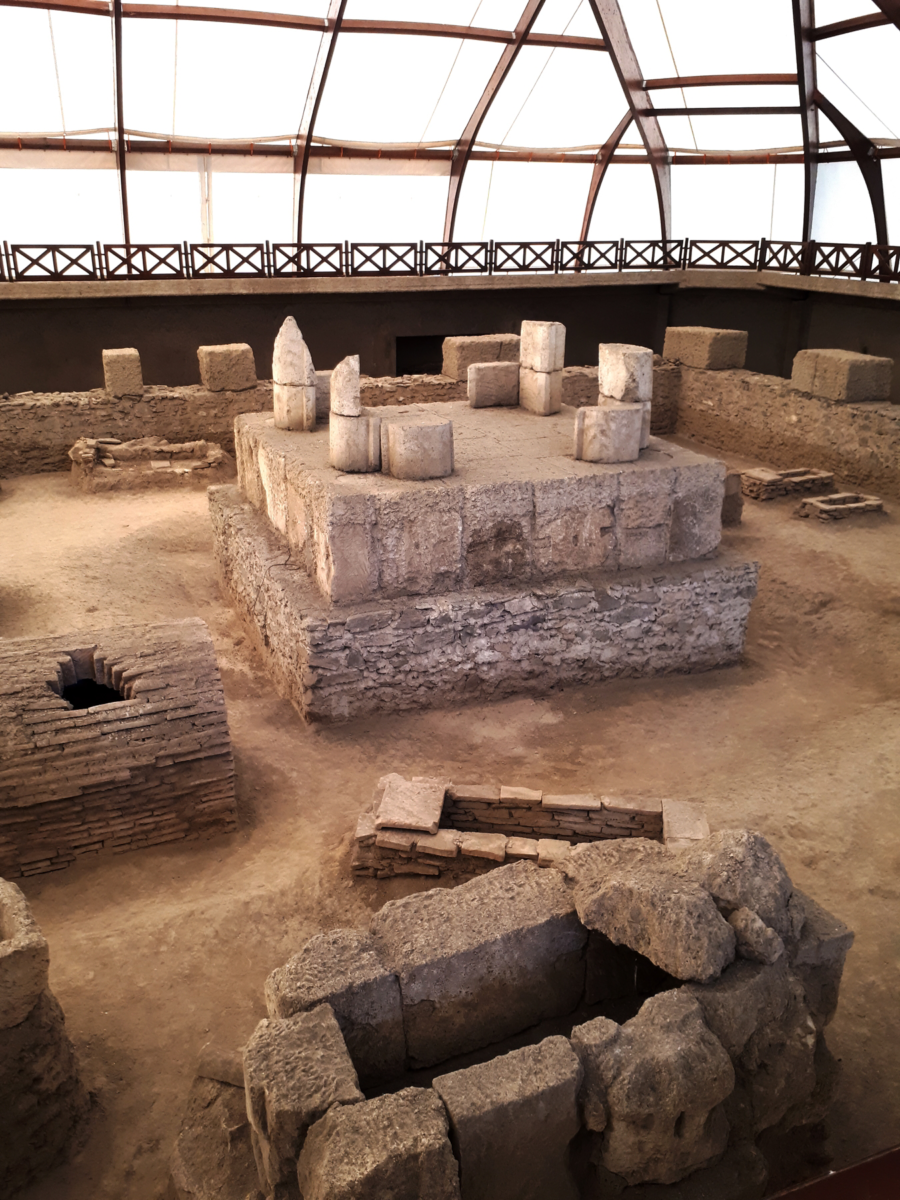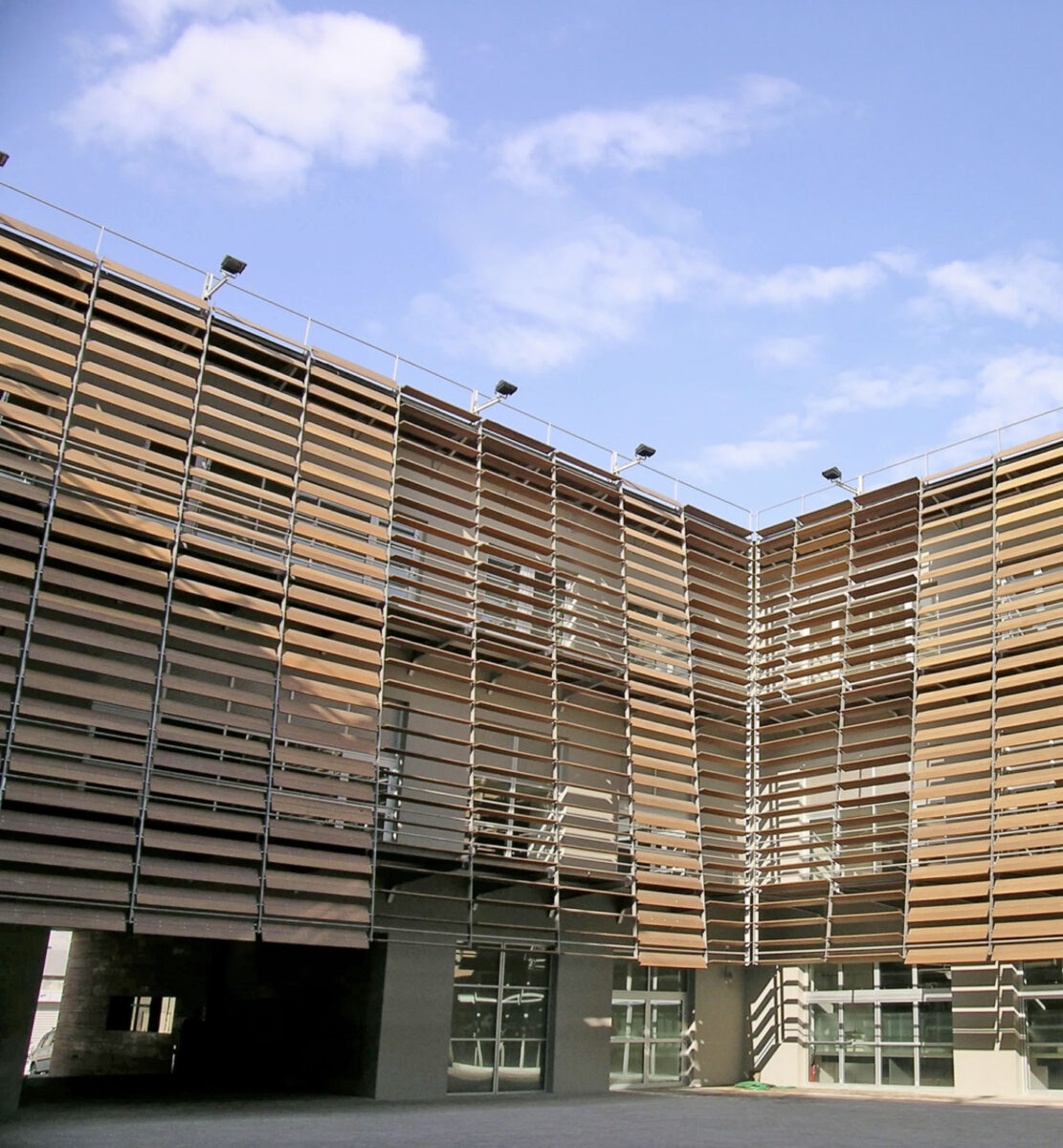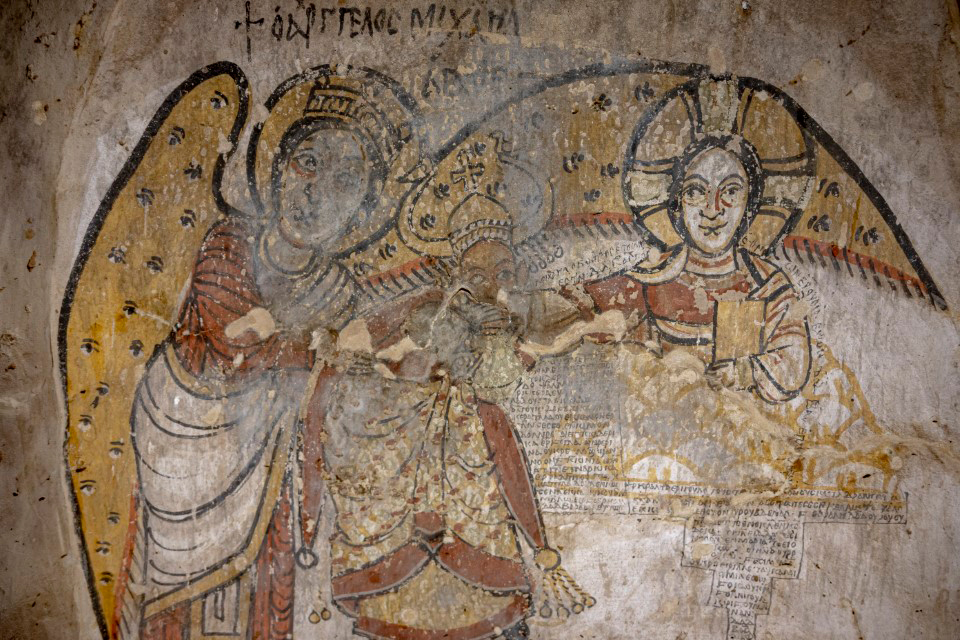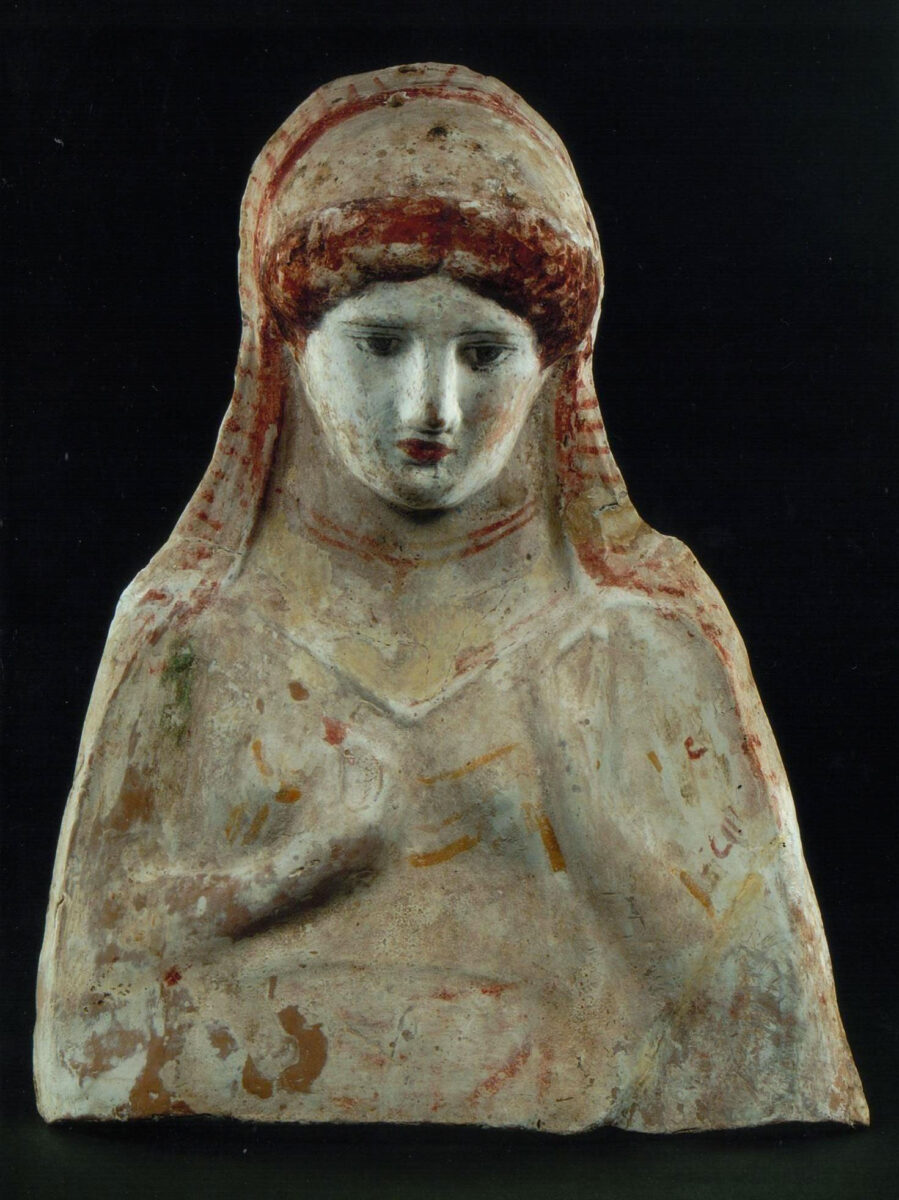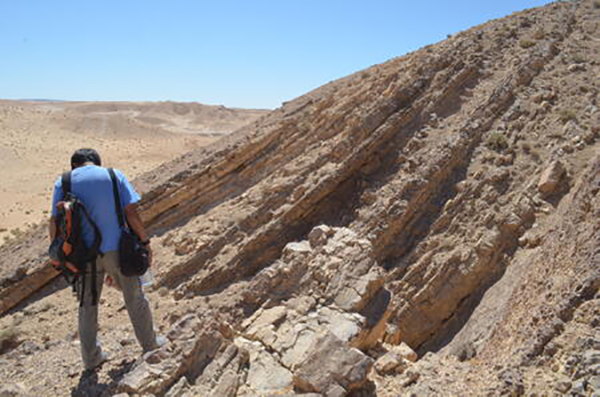Lead-based impregnation of the canvas for ‘The Night Watch’
New research has revealed that Rembrandt used a lead-containing substance even before applying the first ground layer.
Archaeologists unravel the mysteries of Pueblo culture
Prof. Radosław Palonka has been investigating historic sites and customs of the 3000-year-old Pueblo culture.
Rijksmuseum: Rediscovered Rembrandt portraits on long-term loan
The 1635 portraits of Jan Willemsz van der Pluym and Jaapgen Caerlsdr. disappeared from view for almost two centuries, before resurfacing two years ago.
The Metropolitan Museum of Art repatriates artifacts
The returned antiquities include statues from the Koh Ker archaeological site.
North America’s first people may have arrived by sea ice highway
A growing number of archeological and genetic finds suggests that people made their way onto the continent much earlier than believed.
China deciphers ancient rituals
Scholars of China's Tsinghua University have deciphered five documents recorded on bamboo slips dating back to the Warring States period.
First ground-based survey of damage to Ukrainian cultural sites
The war in Ukraine is not just a war against a people, but a war on culture.
Earliest evidence for domestic yak using archaeology, ancient DNA
In a study an international team of researchers report archaeologically and genetically confirmed evidence for domestic yak.
Viking dentistry was surprisingly advanced
The study examined 3,293 teeth from 171 individuals among the Viking Age population of Varnhem in Västergötland, Sweden. T
Archaeologists unearth one of earliest known frame saddles
In April 2015, looters sacked an ancient cave burial at a site called Urd Ulaan Uneet high within the Altai Mountains of western Mongolia.
Ancient Balkan genomes reveal how Slavic Europe was formed
The ancient genomes of 146 individuals who inhabited the Balkan Peninsula during the first millennium has been recovered and analysed.
Italy’s tough town
A rare roofed theatre, markets, warehouses, a river port and other startling discoveries were made by a Cambridge-led team of archaeologists.
Scandinavia’s oldest known ship burial is located in mid-Norway
This summer, archaeologists and a metal detectorist conducted a small survey of Herlaugshagen, at Leka in the northern part of Trøndelag County.
Pompeii: Prison bakery emerges
A bakery-prison, where enslaved workers and donkeys were confined and exploited to grind the grain needed to make bread.
Oldest fortresses in the world discovered
Archaeologists from Freie Universität Berlin together with an international team confirm ancient prehistoric fortifications in Siberia.
Coins offer insight into monetary circulation in ancient Egypt
Thousands of previously ignored small coins discovered in Marea, a city near Alexandria, have been examined by numismatists.
Virginia Museum returns works of art to countries of origin
The Virginia Museum of Fine Arts (VMFA) announced on Dec. 5 that the museum has deaccessioned and returned 44 works of ancient art.
Switzerland repatriates Hellenistic artifact to Libya
The Director of the Federal Office of Culture handed over a marble sculpture of a young woman’s head at the Libyan Embassy in Bern on Dec. 5.
Baboons in captivity in Ancient Egypt
Baboons were raised in captivity before being mummified in Ancient Egyptian sites, according to a study published December 6, 2023.
Ancient Balkan genomes trace the rise and fall of Roman Empire’s frontier
A multidisciplinary study has reconstructed the genomic history of the Balkan Peninsula during the first millennium of the common era.
Museums and Justice at the 13th CoMuseum Conference
This year's CoMuseum International Conference is about justice and representation: being fair within and through museums and cultural organizations.
Old Dongola wall paintings in Top 10 discoveries of 2023
This spring, media in Poland and abroad covered the discovery of magnificently preserved, unique paintings in Old Dongola, Sudan.
A stunning female bust in the Archaeological Museum of Amphipolis
It was found along with sixteen other busts of various types in a woman's grave in the eastern cemetery of Amphipolis.
Paleolithic humans may have understood the properties of rocks
A research group in Japan has clarified differences in the physical characteristics of rocks used by early humans during the Paleolithic.
